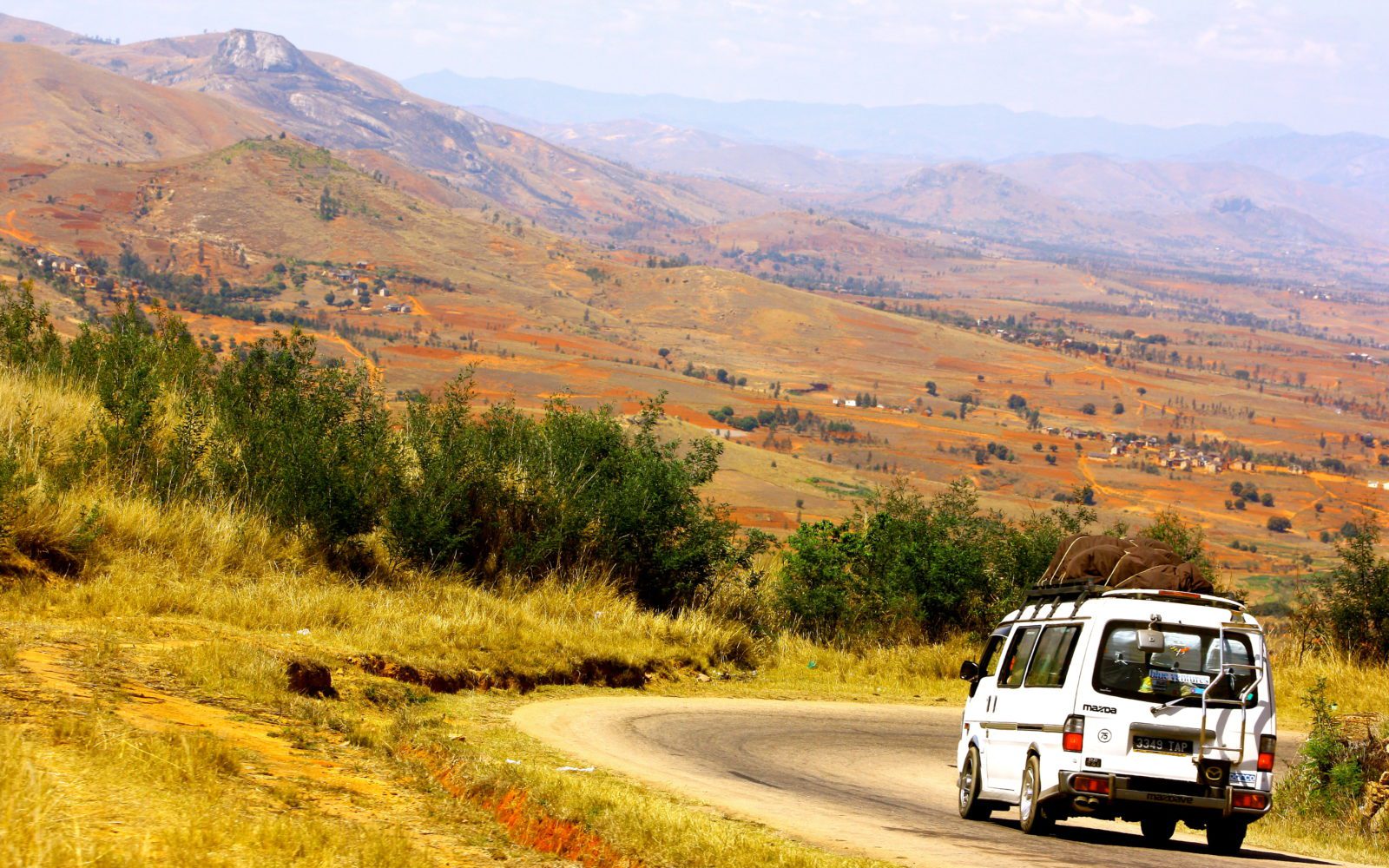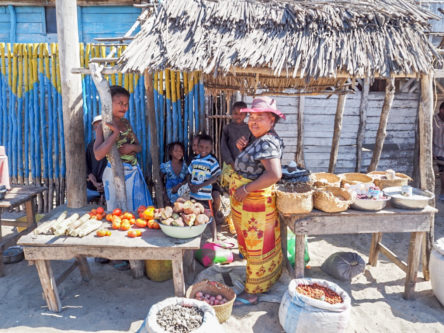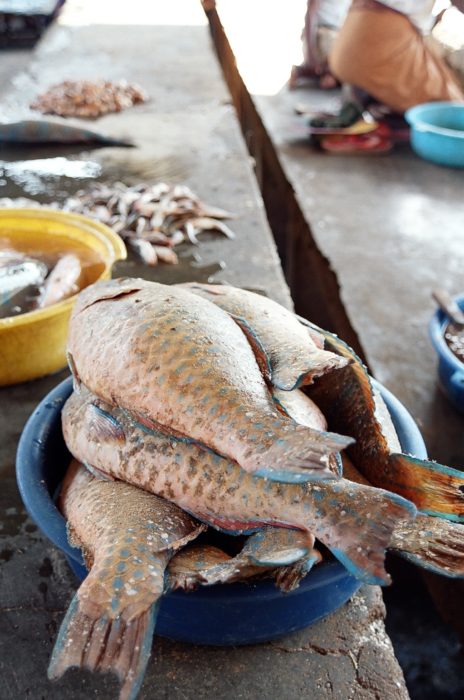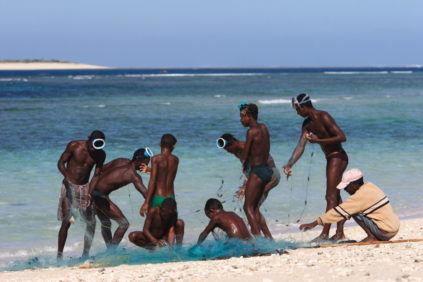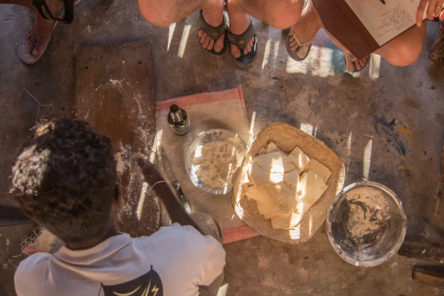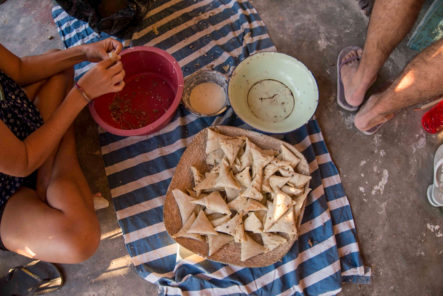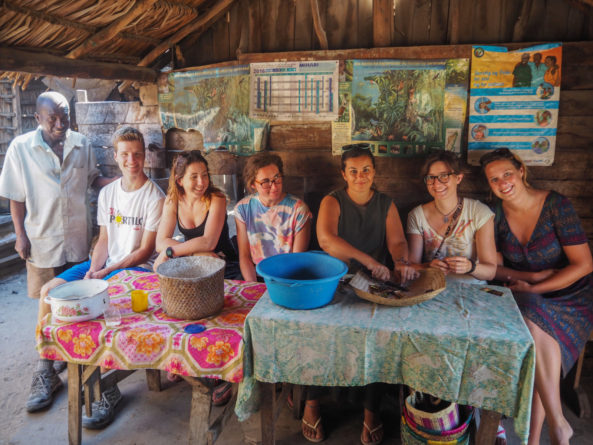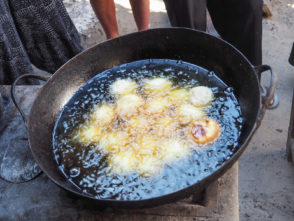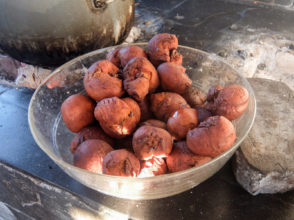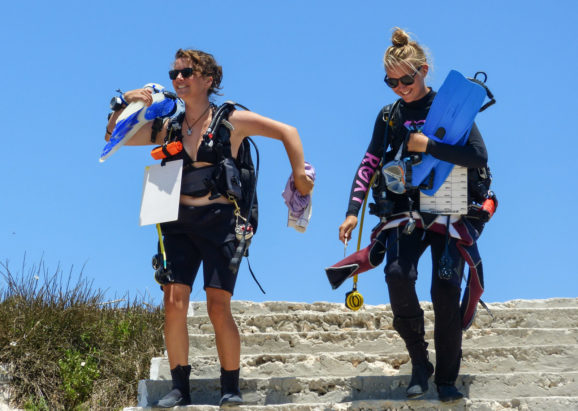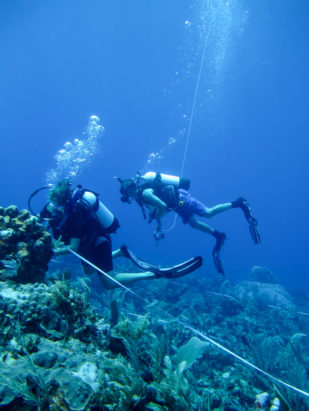Welcome back for the next blog of our Amazing Madagascar series. Don’t forget to check out part 1: unique wildlife and part 2: fascinating culture if you haven’t read them yet!
Time now for part 3, which we’re sure will whet your appetite for Madagascar…
Throughout Madagascar, rice is the staple food, in fact, they eat more rice per capita than anywhere else in the world! It is so prevalent in the Malagasy diet that a commonly used verb for “to eat a meal” is “mihinam-bary,” which literally means “to eat rice.”
Cassava, corn, sweet potatoes and a variety of beans are all common accompaniments to a generous portion of rice, and any surplus rice is used to make ranonapango, a traditional Malagasy drink.
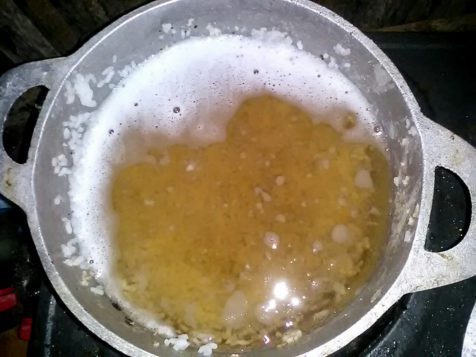
Making ranonapango
To make ranonapango, a layer of rice about half an inch thick is heated in the aluminium pan until it’s burnt. Once it has acquired the desired characteristic aroma, boiling water is poured over the rice.
Depending on how long the rice was left to burn, the ranonapango can be dark brown with a rich, earthy flavour, or golden with a lighter and refreshing flavour. It is an extremely popular drink and different people like it at different levels and colours of “burnt”. Although it might not be everyone’s cup of tea, those who drink it regularly find it both comforting and delicious.
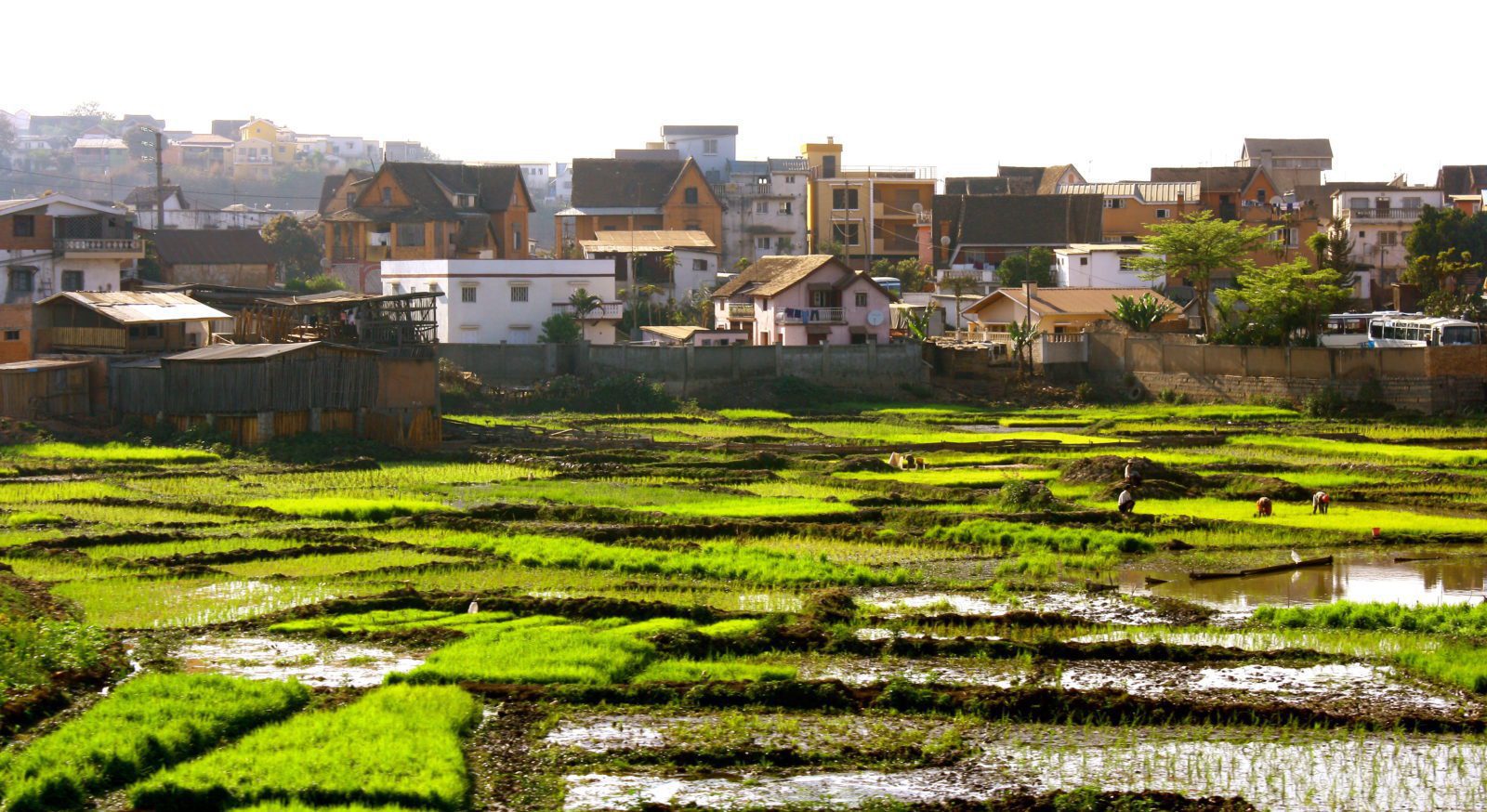
Rice fields in Antananarivo, the capital of Madagascar
In Amazing Madagascar Part 2, we learnt that the laws of the ancestors are upheld through community taboos called fady, and some of the ethnic groups in Madagascar have fady about what they can eat. For example, it is fady for the Vezo people to eat sheep, and for the Atandroy people it is fady to eat tortoises or sea turtles.
Despite these cultural variations, the most common forms of dietary protein in Madagascar are fish, and meat from zebu cattle.
Fish is the primary source of protein for most of Madagascar’s coastal communities and, as our marine conservation expeditions are based in the coastal village of Andavadoaka, our volunteers are often treated to delicious fish samosas!
These samosas are relatively simple to make, consisting of flour, water, oil, and a pinch of salt, all kneaded together into a dough. In Andavadoaka the cooks often use beer bottles as makeshift rolling pins to roll out the dough before cutting it into triangles. The fish is usually a larger fish like a snapper (although you can use different fish mixed together) which is cooked and then flaked into a bowl.
After the fish you add onions, some garlic and ginger, and then (depending on how hot you want it) some sakay (chilli). You then fold the samosas into triangle pockets and put a spoonful of the fish and spice mix into each, sealing them with water before popping them into a pan of boiling oil to cook them into tasty, fishy and sometimes spicy samosa goodness!
Fish samosas are often taken up to our volunteers after their dive trips by a local and entrepreneurial young lady.
Just what you need when you get out of the water!

The entrepreneurial young lady bringing samosas to Abi, our grateful Field Scientist.
Another culinary treat that our volunteers get to enjoy is bokoboko: deep-fried dough balls made of flour, sugar, water, and sometimes chocolate, that are traditionally eaten at breakfast.
They are sold throughout Madagascar, and you’ll understand why they’re so popular once you’ve had one!
We hope you’ve enjoyed reading these Amazing Madagascar blogs. The bad news is that this is the last blog of the series, but the good news is that you can experience everything you’ve read for yourself by coming to Madagascar as a Blue Ventures volunteer!
By volunteering on one of our marine conservation expeditions, you can help us collect data on the state of the coral reefs in the Southwest of Madagascar. You’ll learn to identify coral and fish species, receive intensive training in underwater survey techniques from our field scientists, and dive in one of the most fascinating and beautiful ecosystems in the Indian Ocean.
Our expeditions also include cultural exchanges such as homestay visits and language lessons, as well as an optional overland tour, so that you can truly immerse yourself in amazing Madagascar.
So what are you waiting for? We’ll see you there!
